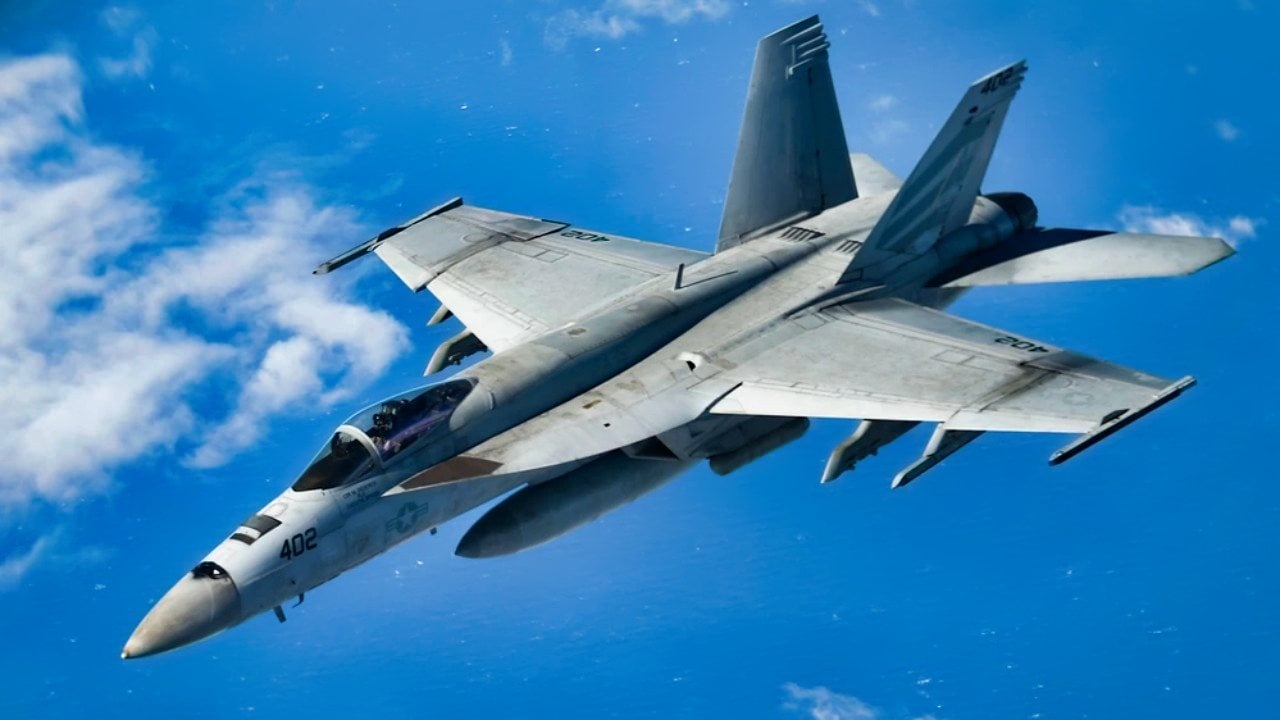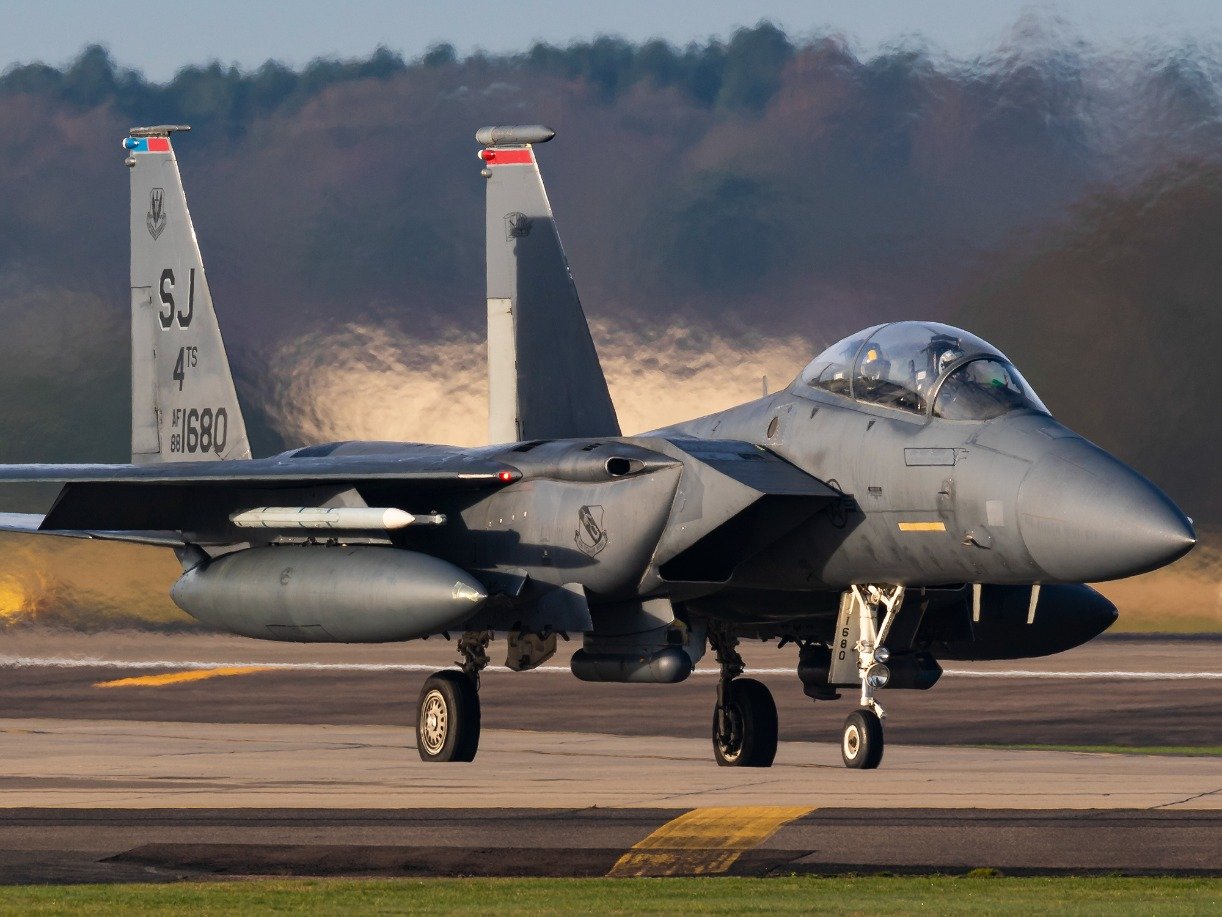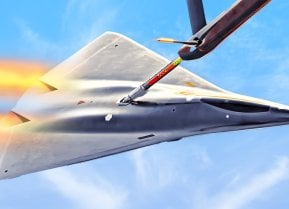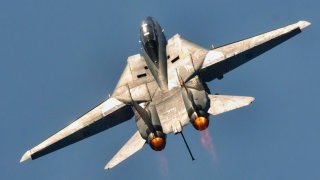F-14 Tomcat vs. F/A-18 Super Hornet: Which U.S. Navy Fighter Is Better?
The F-14 Tomcat and F/A-18 Super Hornet are iconic U.S. Navy aircraft, with the former prominently featured in the original Top Gun and the latter in the sequel Top Gun: Maverick.
Summary and Key Points: The F-14 Tomcat and F/A-18 Super Hornet are iconic U.S. Navy aircraft, with the former prominently featured in the original Top Gun and the latter in the sequel Top Gun: Maverick.
-The F-14, known for its sweep wings and two-seat cockpit, was larger and faster, reaching speeds up to Mach 2.34. However, it had reliability issues and a tendency to enter flat spins.
-The F/A-18, with fixed wings and more reliable systems, is easier to land on carriers and excels in close-quarters dogfighting. While the F-14 remains a fan favorite, the F/A-18 is the Navy's current workhorse.
F-14 Tomcat vs. F/A-18 Super Hornet: A Top Gun Showdown
When the general public considers either the F-14 Tomcat or the F/A-18 Super Hornet, the Top Gun film series is likely top of mind. In the first Top Gun, the F-14 features prominently. In Top Gun: Maverick, Cruise reprises his Maverick role, 36 years later. One of the most recognizable differences in the sequel is that the F-14 has been replaced with the F/A-18 Super Hornet.
Of course, the Top Gun sequel concludes with an F-14 cameo, giving viewers the opportunity to consider the active duty F/A-18 against the retired F-14. Let’s take a moment to do the same here.
The Obvious Differences
The two airframes are different in subtle and obvious ways. Let’s first consider the obvious distinctions.
The F-14, unlike the F/A-18, had sweep-wings. These are visually identifiable even to many laymen, because the wing can pivot along a joint at the fuselage, allowing the wing to sweep forward, or back, flush against the fuselage. When the wings are swept forward, drag increases, slowing the plane down but increasing maneuverability. When the wings are pulled back, drag is reduced, speed is increased, but maneuverability is decreased. So an F-14 would have the wings pushed forward when performing a carrier landing, but would have the wings pulled back when intercepting a foreign aircraft.
The F/A-18 has a fixed wing position, like the vast majority of aircraft.

The F-14 also had a cockpit for two, whereas the F/A-18 seats one or two depending on the variant. This is why sometimes, throughout the Top Gun sequel, the F/A-18 was piloted with a back-seater, and other times, it was not – different variants were used throughout the film.
Differences in the Air
The F-14 was larger and significantly faster than the F/A-18. While the F/A-18 had a top speed of Mach 1.6-1.8, the powerful F-14 could hit Mach 2.34. The F-14 was “amazingly fast” said Tom “Trots” Trotter, boasting that he once went from 150 knots to 610 knots in less than ten seconds. While generally outdated relative to the F/A-18, the F-14’s speed was enviable.
Trotter is an ex-flyer who was qualified in both the F-14 and the F/A-18. He told the Fighter Pilot Podcast that the F-14’s speed was a top draw of the airframe.
“You know what, most of my combat time…I’ll honestly tell you, you’re gonna be in combat and they’re shooting at you, boy it’s good to be in combat in an F-14 to go fast and the other dude is head down, running the laser and it’s like so most of my bomb dropping I’d go, ah, put me in a Tomcat please.”

Trotter also pointed out that the F-14 had reliability issues. The F/A-18 is much more reliable – to the point where the Navy didn’t bother keeping a spare on standby.
The F-14 also had a tendency to enter flat spins, as depicted in the original Top Gun, during the scene where “Goose” ejects into the canopy and dies. The scene was an accurate depiction, according to Trots. F-14 crew were instructed to blow the canopy, look up to confirm that the canopy had cleared, and then eject – a procedure that requires immense awareness during the hectic moments of whatever is prompting the ejection.
The F/A-18 was also much easier to land on an aircraft carrier than the F-14. Indeed, the Top Gun series opens with a pilot struggling to land his F-14 on a carrier at night.
With respect to dogfighting, according to Trots, the F-14 would give an F/A-18 a run for its money. However, the F/A-18 was superior in-tight, in the “phone booth,” during slower and more intimate engagements.
“I think any Tomcat can give a Hornet a run, but you know, the Hornet’s way better in the phone booth,” Trotter said. “The slow fight, gunning a guy, going a high angle of attack.”
In all, both aircraft are legendary and well regarded. The F-14 retains something of a cult following that the F/A-18 has never quite replicated.
About the Author: Harrison Kass
Harrison Kass is a defense and national security writer with over 1,000 total pieces on issues involving global affairs. An attorney, pilot, guitarist, and minor pro hockey player, Harrison joined the US Air Force as a Pilot Trainee but was medically discharged. Harrison holds a BA from Lake Forest College, a JD from the University of Oregon, and an MA from New York University. Harrison listens to Dokken.
All images are Creative Commons and/or Shutterstock.


